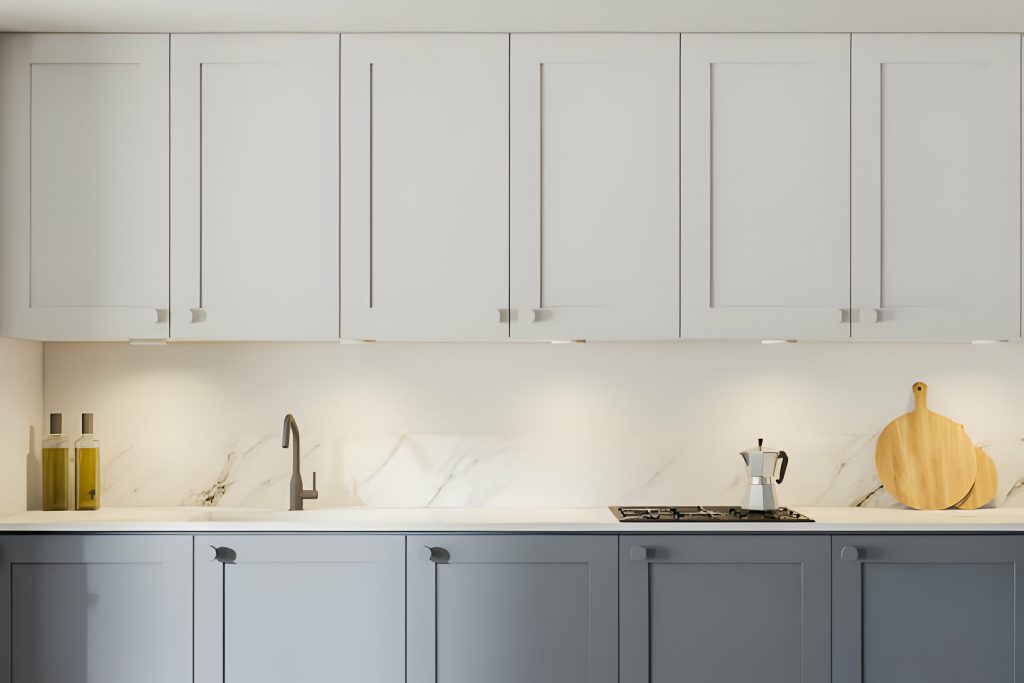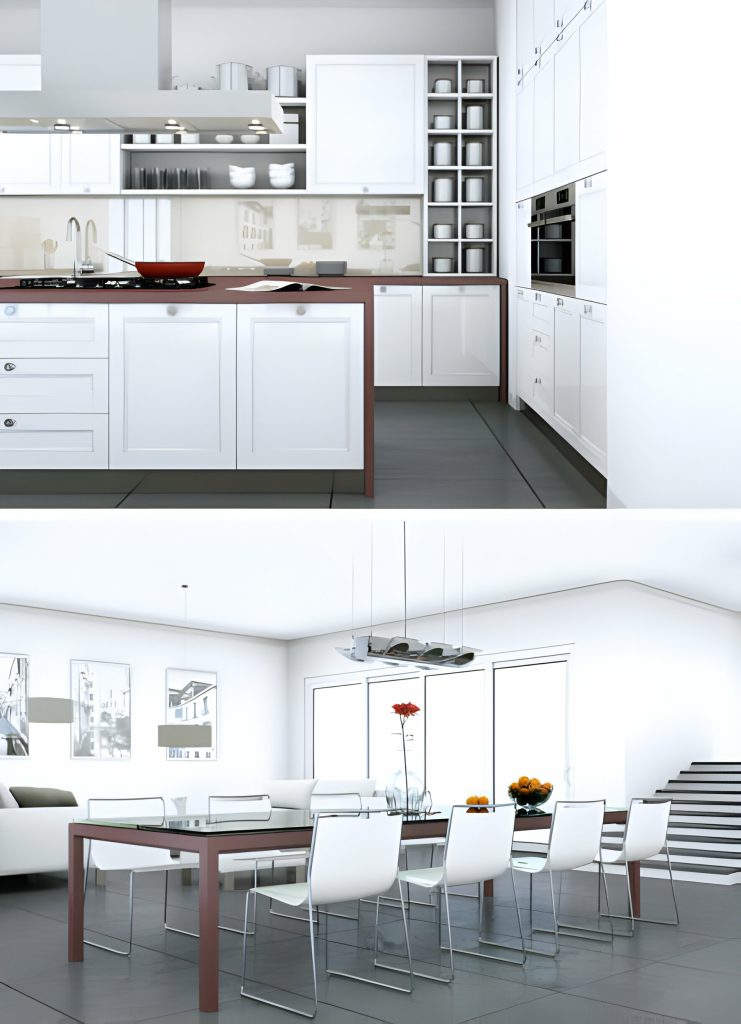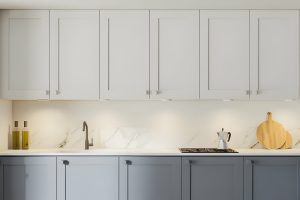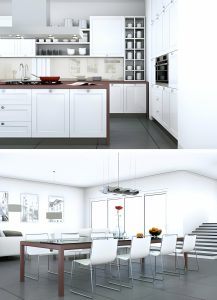Are you tired of your regular kitchen cabinet doors taking up too much space? Turn them into sliding doors for a sleek and space-saving solution. In this article, we will guide you step by step on how to transform your cabinet doors into sliding doors. Measure, remove, install, attach, hang, and test – we will cover it all. Get ready to enjoy smooth and effortless sliding doors in your kitchen. Let’s get started!
Measure the Cabinet Doors
To begin, measure each of your cabinet doors using a measuring tape. Accurate measurements are crucial for selecting the right sliding door hardware and ensuring a proper fit. When measuring, follow these techniques to ensure precision. Start by measuring the height of the door from top to bottom. Place the measuring tape at the highest point of the door and extend it down to the bottom. Take note of the measurement in inches. Next, measure the width of the door from side to side. Place the measuring tape at one edge of the door and extend it to the other side, ensuring it is parallel to the ground. Again, record the measurement in inches. It is important to measure each door individually as they may vary in size. Additionally, make note of any obstructions such as hinges or handles on the door that may affect the sliding door hardware installation. By following these measuring techniques, you will be able to select the right sliding door hardware and successfully transform your regular kitchen cabinet doors into sliding doors.
Remove the Existing Door Hinges and Hardware
Now, you need to remove the existing door hinges and hardware from your cabinet doors. To successfully repurpose your old cabinet doors into sliding doors, follow these steps:
- Gather necessary tools: Before starting, make sure you have a screwdriver and a drill with appropriate bits.
- Remove the hinges: Begin by unscrewing the hinges from the cabinet frame using the screwdriver. Take care not to damage the surrounding woodwork. Set aside the hinges for future use or consider alternative door hardware options.
- Detach the door handles or knobs: Use the screwdriver to remove any door handles or knobs from the cabinet doors. For handles, unscrew them from both sides of the door. For knobs, look for a screw at the base and loosen it. If you plan on repurposing the hardware, keep it in a safe place.
- Take out any additional hardware: Some cabinet doors may have additional hardware, such as magnetic catches or latches. Remove these using the screwdriver or drill, as necessary.
- Fill holes and repair any damage: Once all the hardware is removed, inspect the doors for any holes or damage caused by the removal process. Fill holes with wood filler and sand them down to create a smooth surface for the sliding door installation.
Install a Bottom Track for the Sliding Doors
To install a bottom track for the sliding doors, you will need to gather the necessary materials and follow these steps. Choosing the right sliding door hardware is crucial for the smooth operation of your sliding doors. Opt for high-quality tracks that are durable and can withstand the weight of the doors. Additionally, consider the design and style of the hardware to ensure it complements your kitchen cabinets.
Once you have the necessary materials, follow these steps to install the bottom track:
- Measure and mark the desired location for the bottom track on the floor.
- Use a level to ensure the track will be installed straight and level.
- Attach the track to the floor using screws or adhesive, depending on the type of track you have chosen.
Tips for maintaining sliding doors in the kitchen:
- Regularly clean the tracks to prevent dirt and debris from interfering with the smooth operation of the doors.
- Lubricate the tracks and rollers periodically to keep them moving freely.
- Check for any loose screws or damaged parts and replace them if necessary.
Attach the Sliding Door Hardware to the Cabinet Doors
Attach the sliding door hardware to your cabinet doors by following these steps:
- Step 1: Choose the right sliding door hardware: Before attaching the hardware, it is crucial to select the appropriate hardware for your cabinet doors. Consider factors such as weight capacity, durability, and aesthetic appeal. Ensure that the hardware is designed specifically for sliding doors.
- Step 2: Measure and mark the placement: Use a measuring tape to determine the exact position where the hardware will be attached to the cabinet doors. Mark the measurements with a pencil or marker to ensure precision.
- Step 3: Pre-drill the holes: Using a drill bit that matches the size of the screws provided with the hardware, pre-drill holes at the marked positions. This step helps prevent the wood from splitting when the screws are inserted.
- Step 4: Attach the hardware: Place the sliding door hardware onto the cabinet doors, aligning it with the pre-drilled holes. Insert the screws provided with the hardware into the pre-drilled holes and tighten them securely using a screwdriver or drill.
- Step 5: Test the sliding doors: After attaching the hardware, test the sliding doors to ensure they move smoothly along the track. Make any necessary adjustments if the doors are not sliding properly.
Hang the Cabinet Doors Onto the Bottom Track
Secure the cabinet doors onto the bottom track using the provided screws and a screwdriver. Before hanging the doors, make sure you have already installed the top track and adjusted the door height accordingly.
To begin, position the first cabinet door onto the bottom track, ensuring that the rollers on the top edge of the door fit into the top track. Hold the door in place and locate the pre-drilled holes on the bottom of the door. Line up these holes with the corresponding holes in the bottom track.
Once aligned, insert the screws provided into the holes and tighten them using a screwdriver. Be careful not to overtighten, as this could cause damage to the door or track. Repeat the process for the remaining cabinet doors, ensuring that each one is securely fastened to the bottom track.
After all the doors are hung, check that they slide smoothly along the track. If any adjustments are needed, refer to the manufacturer’s instructions for adjusting the door height. This will ensure that the doors glide effortlessly and evenly across the bottom track.
Test and Adjust the Sliding Doors for Smooth Operation
Once you have hung the cabinet doors onto the bottom track, you can test and adjust them for smooth operation. This step is crucial to ensure that your sliding doors function properly and don’t encounter any issues. Here are some steps to help you adjust and troubleshoot any sliding door problems:
- Check door alignment: Start by examining the alignment of the doors. Make sure they are parallel to each other and sitting flush against the cabinet frame. If they are misaligned, adjust the position of the doors accordingly.
- Inspect the bottom track: Inspect the bottom track for any debris, dust, or obstructions that may hinder the smooth movement of the doors. Clean the track thoroughly and remove any obstacles that you find.
- Adjust the rollers: Check the rollers attached to the doors and ensure they are properly aligned with the bottom track. Use a screwdriver to adjust the height of the rollers, if necessary, to achieve a smooth sliding motion.
- Apply lubrication: Apply a silicone-based lubricant to the bottom track and rollers to reduce friction and improve the sliding action. This will help the doors glide effortlessly along the track.
- Test the doors: Finally, test the doors by sliding them back and forth several times. Pay attention to any sticking, grinding, or resistance. If you encounter any issues, repeat the previous steps and make further adjustments as needed.





